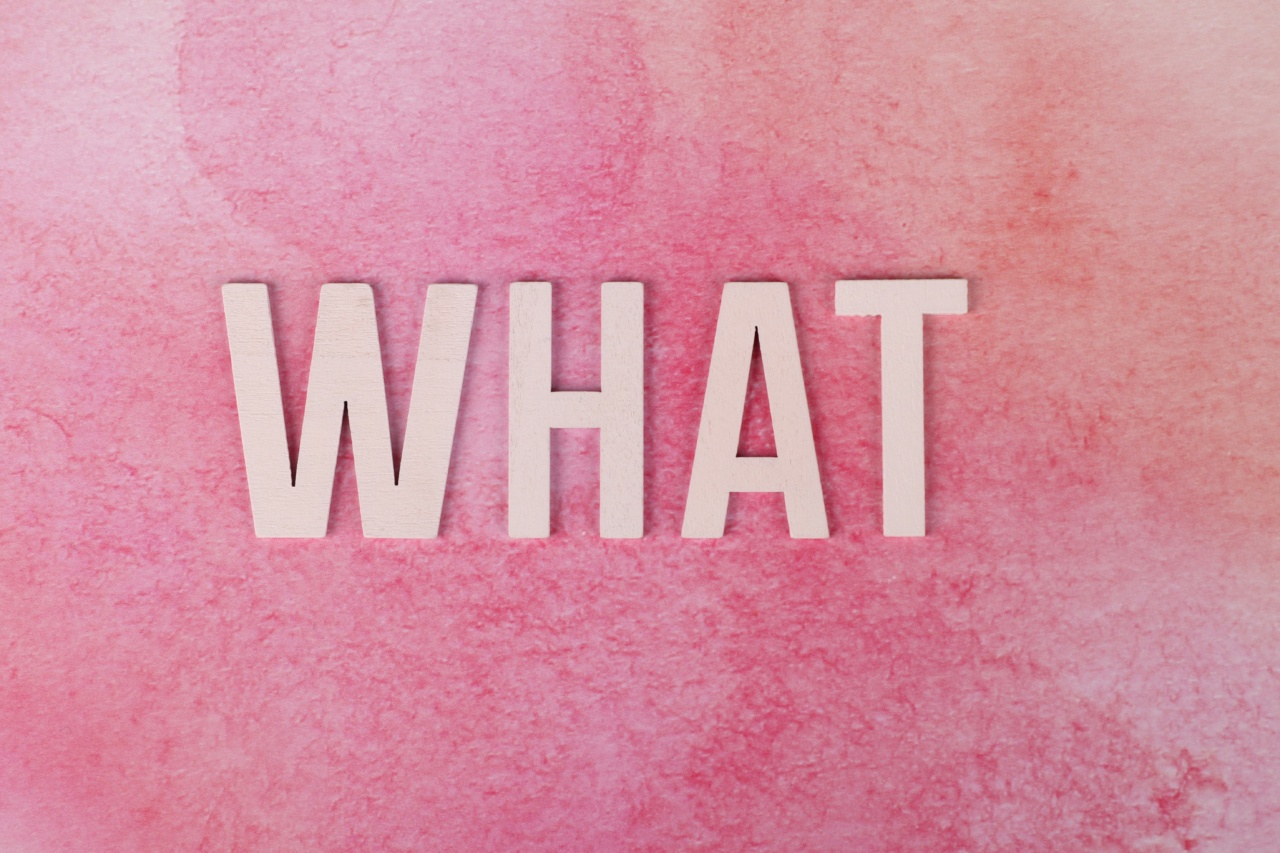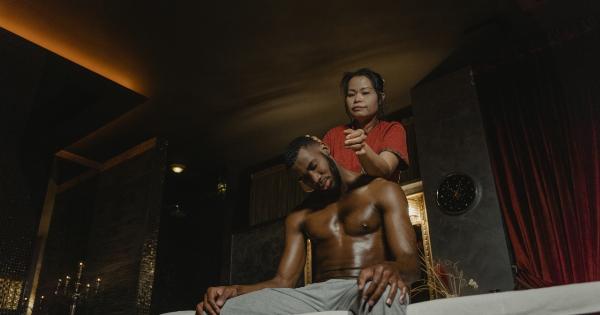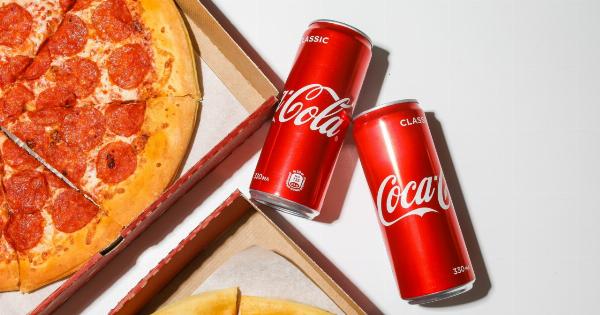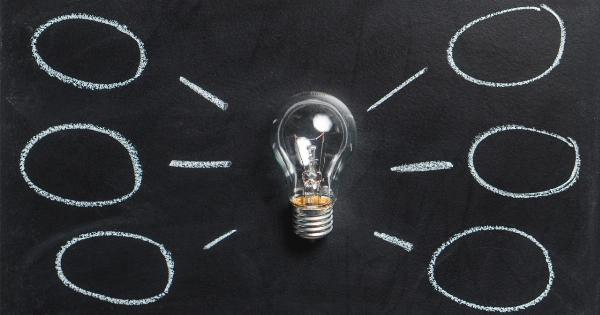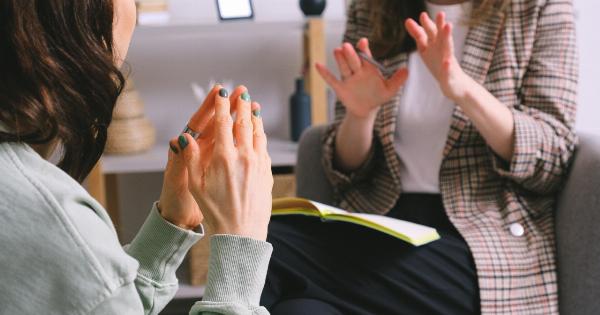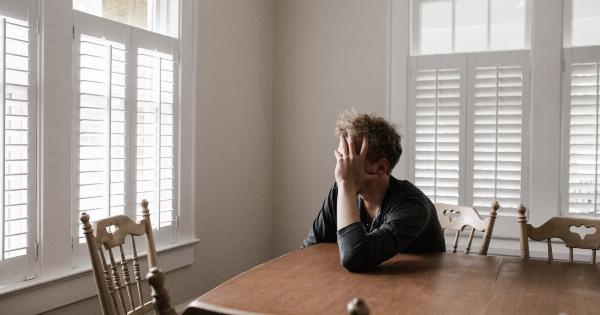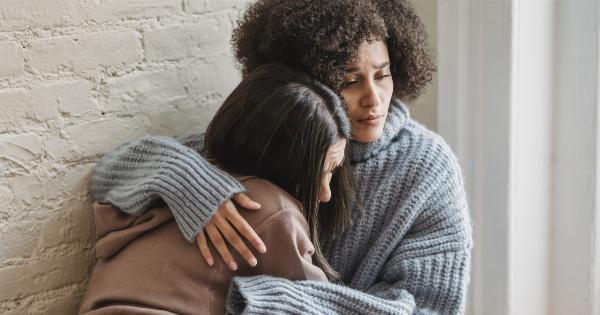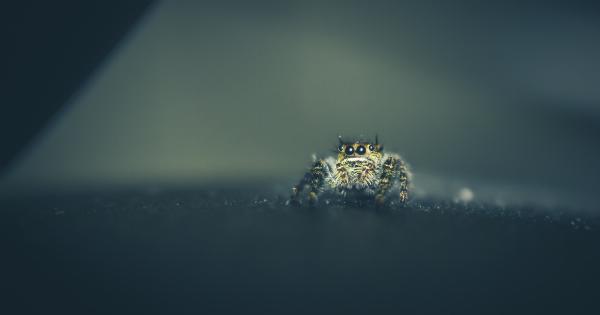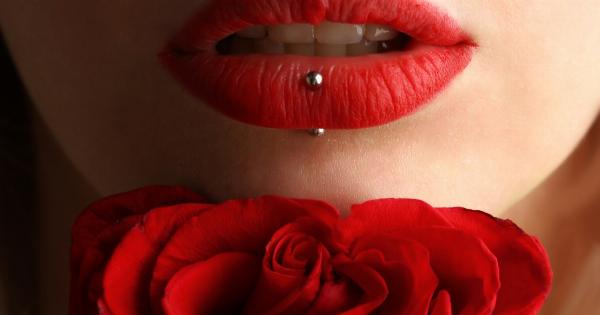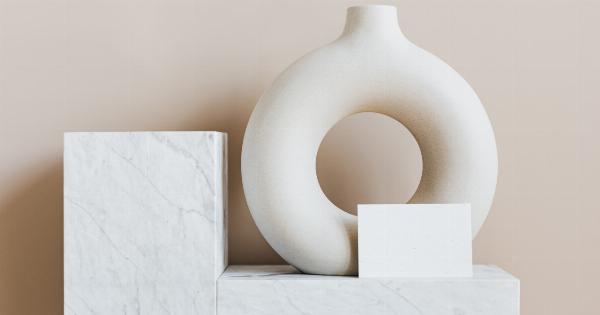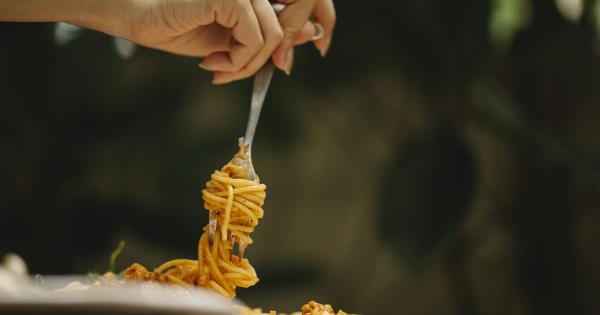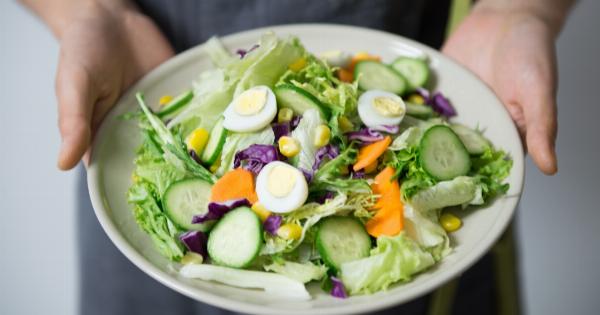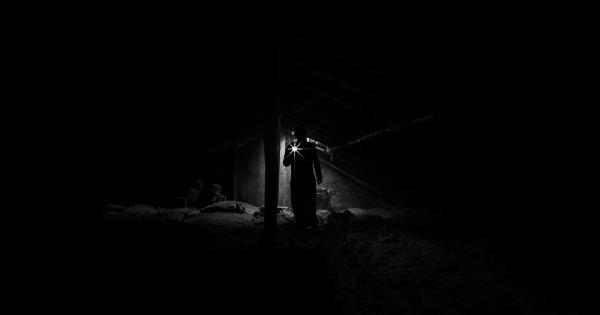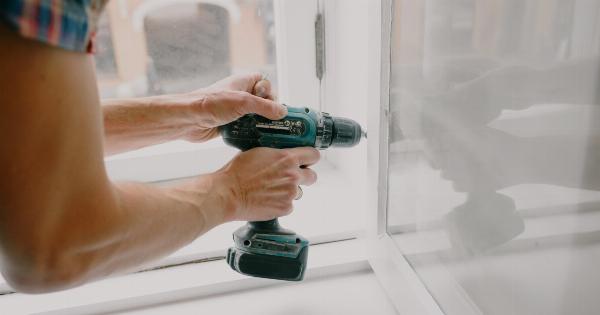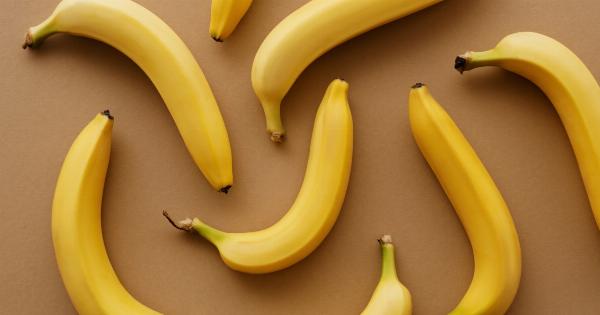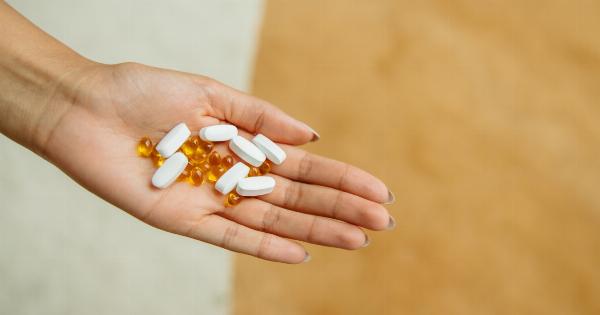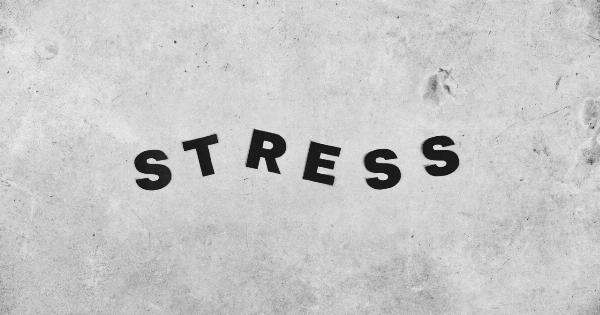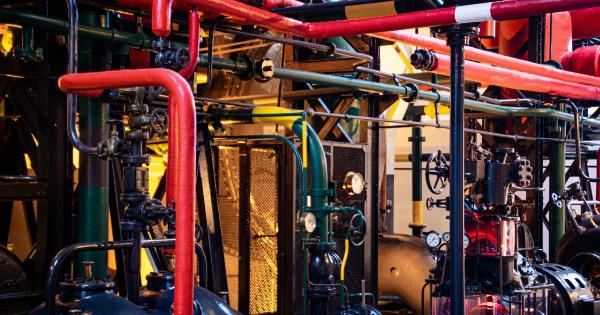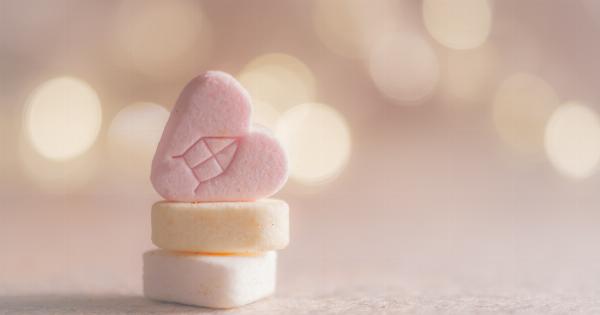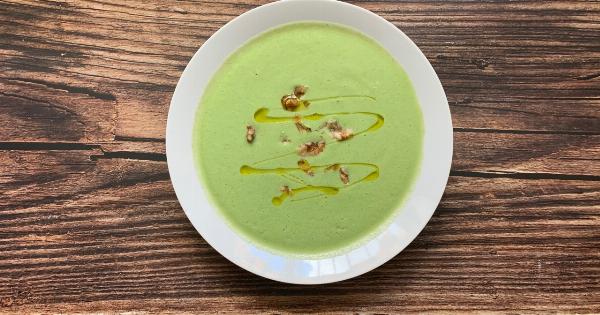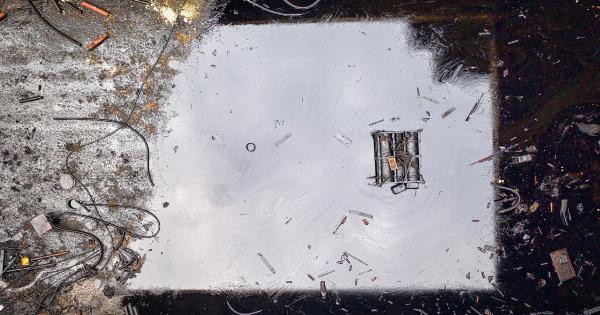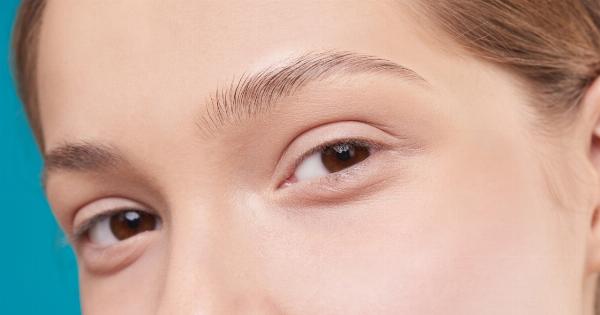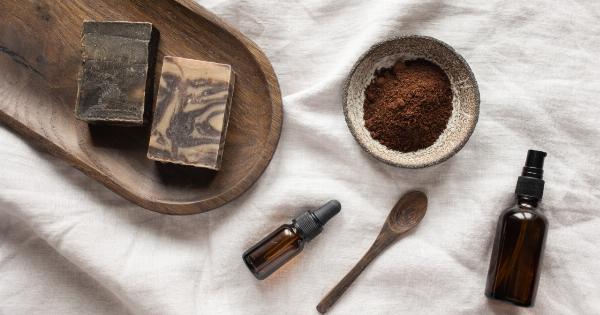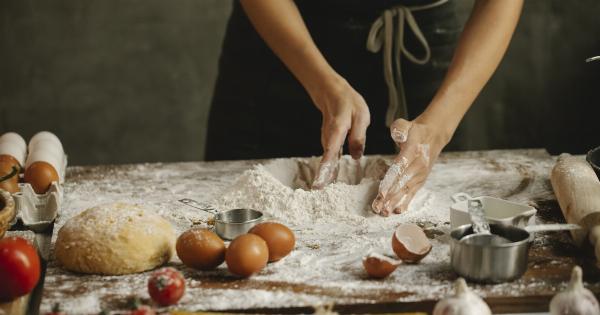Head lice infestations are a common issue, particularly among children. These tiny insects dwell in the hair and scalp and lay eggs known as nits. Dealing with head lice can be frustrating, but there are various remedies available.
Some treatments are effective, while others may not yield the desired results. In this article, we will explore what works and what doesn’t when it comes to head lice and nits remedies.
1. Over-the-Counter Medications
Many over-the-counter medications claim to kill head lice and remove nits. These products typically contain chemicals such as pyrethrins or permethrin. They work by targeting the nervous system of the lice, leading to their demise.
While these medications can prove effective against head lice, they may not always eliminate nits. It is vital to follow the instructions carefully and repeat the treatment if necessary, as some lice may become resistant to these chemicals over time.
2. Prescription Medications
In cases of severe or resistant head lice infestations, a doctor may prescribe stronger medications. These prescription treatments often contain stronger doses of chemicals or different active ingredients.
They are generally more effective at killing lice and nits. However, it is crucial to consult a healthcare professional before using these medications, especially for children or individuals with underlying health conditions.
3. Wet Combing
Wet combing is a traditional method of removing head lice and nits. It involves using a fine-toothed comb to comb through wet hair, inch by inch. The moisture temporarily immobilizes the lice, making it easier to spot and remove them.
While wet combing may be time-consuming and labor-intensive, it offers a chemical-free approach that is safe for everyone, including young children and pregnant women. It may not completely eradicate the infestation, but regular wet combing can help control and reduce the number of lice.
4. Natural Remedies
There are numerous natural remedies believed to assist in getting rid of head lice and nits. Some popular options include:.
A. Tea Tree Oil
Tea tree oil is often touted as a natural lice treatment. Its strong scent is said to suffocate the lice and loosen the nits, making them easier to remove.
While some individuals may find success with tea tree oil, there is limited scientific evidence to support its effectiveness. Furthermore, tea tree oil can cause skin irritation in some people, so it is important to use it with caution.
B. Neem Oil
Similar to tea tree oil, neem oil is believed to have insecticidal properties. It can be applied to the scalp and hair to suffocate the lice. However, like with tea tree oil, scientific evidence for its effectiveness is lacking.
Neem oil has a strong smell, and some individuals may experience allergic reactions or scalp irritation when using it.
C. Mayonnaise or Olive Oil
Mayonnaise or olive oil is another popular home remedy for head lice. The idea is to suffocate the lice by applying a thick layer of either substance to the hair and scalp and leaving it on overnight.
While this method may help in loosening nits and some lice, it is not a guaranteed solution. Additionally, it can be messy, and the odor may be unpleasant.
5. Hot Air Treatment
Hot air treatments involve using special devices that emit hot air to kill head lice and nits. These treatments dehydrate the lice and eggs, rendering them incapable of survival.
Hot air treatments are considered safe and often used in professional lice treatment centers. However, they can be expensive and time-consuming, requiring multiple sessions to ensure effectiveness.
6. Vacuuming and Cleaning
While not directly a remedy for lice and nits, keeping your surroundings clean can help prevent reinfestation. Vacuuming areas where the infested individual spends time, such as furniture, car seats, and bedding, can help remove any stray lice or eggs.
Washing infested clothing, bedding, and personal items in hot water and drying them on high heat can also aid in eliminating lice and nits.
7. Prevention and Education
Preventing head lice infestations is crucial, particularly in settings where close contact between individuals is common, such as schools.
Educating children and parents about the importance of avoiding head-to-head contact, not sharing personal items, and regularly checking for lice can help reduce the spread of infestations. Prompt action should be taken if lice or nits are detected to prevent further spread.
Conclusion
When it comes to head lice and nits, it is essential to choose remedies that are safe, effective, and suited to your individual circumstances.
Over-the-counter and prescription medications, wet combing, and hot air treatments have shown promise in combating head lice. Natural remedies, although popular, lack sufficient scientific evidence. Regardless of the method chosen, thorough cleaning, washing, and prevention strategies are vital to prevent reinfestation and ensure a lice-free environment.
